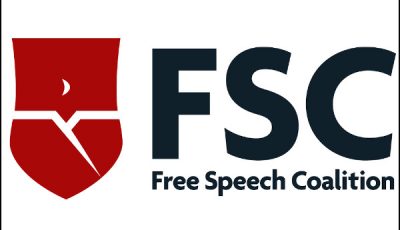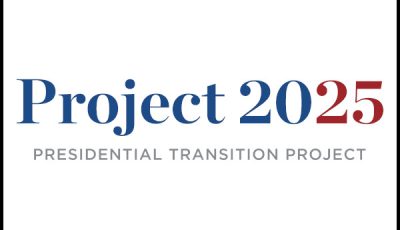Should Porn Viewing be Allowed in Public Libraries?
 In 2018, Valerie Nash learned an abject lesson in free speech. When she complained to her public library that her nine-years old granddaughter just saw a man viewing pornography on one of the Public Library of Cincinnati and Hamilton County’s computers, she learned that the library does not have a policy of restricting access to lawful content to adults. In such situations, it reserves the right to ask the viewer to move to a computer with a privacy screen if someone complains — but that’s it.
In 2018, Valerie Nash learned an abject lesson in free speech. When she complained to her public library that her nine-years old granddaughter just saw a man viewing pornography on one of the Public Library of Cincinnati and Hamilton County’s computers, she learned that the library does not have a policy of restricting access to lawful content to adults. In such situations, it reserves the right to ask the viewer to move to a computer with a privacy screen if someone complains — but that’s it.
“Because the Internet is a vast, unregulated medium, the Library cannot control and is not responsible for the content or accuracy of information accessed over the Internet,” the library’s internet policy states, as reported by the Cincinnati Enquirer.
For most libraries, the question of free access remains a thorny issue. Though libraries are often used by children, as public entities, libraries and their patrons overall are protected by First Amendment guidelines on free speech. Most libraries’ stated position is that one should have open access to all information. Censorship of one type arguable can lead to censorship of all types.
While the Children’s Internet Protection Act of 2000 requires federally-funded schools and libraries to install filters on publicly-accessible computers, the lackluster nature of filter technology – as well as the fact that an adult can ask for the filter to be deactivated – has left public libraries with little recourse but to look the other way regarding public porn viewing.
As reported by WGN Chicago, this has led some libraries to regulate public porn viewership through behavioral policies. These includes outright bans of pornographic material with bans for repeat offenders to efforts to limit explicit images. These policies are being justified as necessary to keep the peace.
“We’ve reached a point where the technology hasn’t changed very much in the last decade, law hasn’t changed, the nature of the library as a public space hasn’t changed,” Deborah Caldwell-Stone of the American Library Association’s Office of Intellectual Freedom told WGN. “Libraries have come to the point where behavior policies and internet use policies are the best way to address these issues.”
This begs a question if freedom of speech covers potential offensive or objectionable content. On February 7, a Newport News man, Antonio Smallwood, was arrested for obscene sexual display for projecting a pornographic film on his garage door. The image was viewable by the neighborhood. The man was arrested after refusing to sign the summons presented to him.
With Hawaii threatening to block porn sites unless users pay a one-time fee and Arizona considering declaring porn a public health crisis, the Newport News incident adds to a conversation of the public role of porn, which is growing increasing more pertinent. Considering America’s sustained discomfort with sexuality, it may be necessary that the industry takes a stance on how porn is presented to non-adults – if the intentions are to avoid the denial of free access.
“‘Freedom of speech’ is a somewhat deceptive phrase, in that many people would agree that some forms of speech – such as child sexual exploitation material or publicly pronounced defamatory speech – should be prohibited due to the associated harms, which are deemed to outweigh any rights held by those who wish to produce or consume such speech,” Maree Crabbe, director of the anti-porn advocacy group Reality & Risk, told YNOT.
“That some speech is deemed impermissible suggests that the question is not ‘should speech be free?’ but rather ‘what speech is permissible or impermissible?’” Crabbe added.
“In the context of a public library, I think a key question is whether someone’s right to access and to feel safe and respected in a library overrides others’ rights or desires to access particular content. If these rights are in direct conflict, which is deemed more important?”
Image via Aron Balogh.













